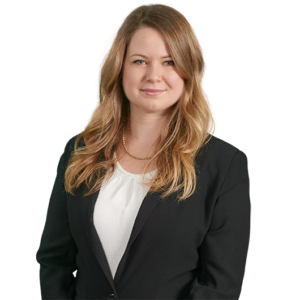
MONTH-IN-BRIEF (Jun 2025)
SEC Holds Roundtable on Executive Compensation
By Rani Doyle
On June 26, 2025, the U.S. Securities and Exchange Commission (“SEC”) held a roundtable on the disclosure requirements regarding executive compensation. Panels explored:
- How public companies set compensation for their executive officers, including who sets compensation, the factors that influence compensation decision-making, and the process by which compensation decisions are made.
- How investors consider executive compensation in making investment and voting decisions.
- The evolution of executive compensation disclosure, and whether the rules have achieved their policy objectives, the challenges in preparing the required disclosure, the types of disclosure that investors find material, and what the disclosure requirements should look like in the future.
Remarks by SEC Chair Paul S. Atkins and Commissioners Hester M. Peirce, Caroline A. Crenshaw, and Mark T. Uyeda are linked as noted herein.





















